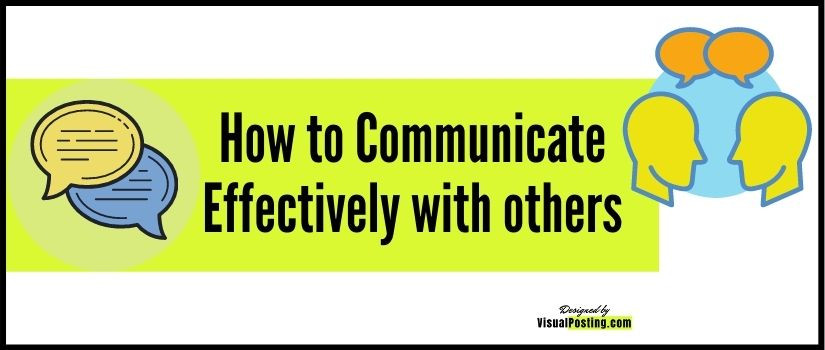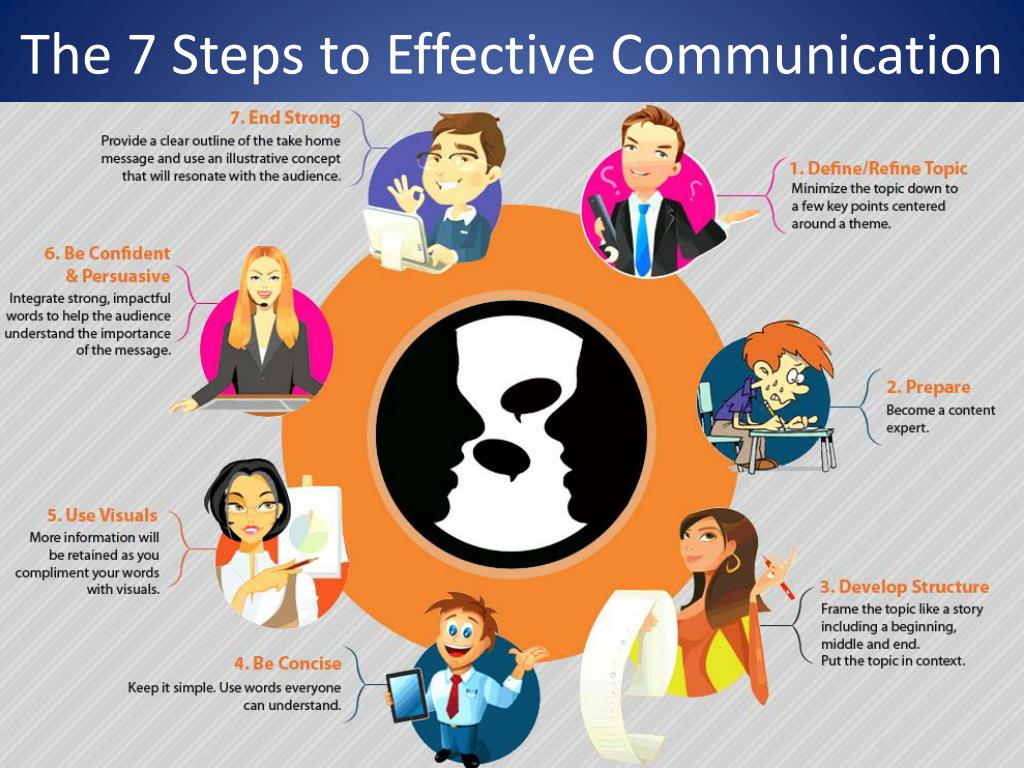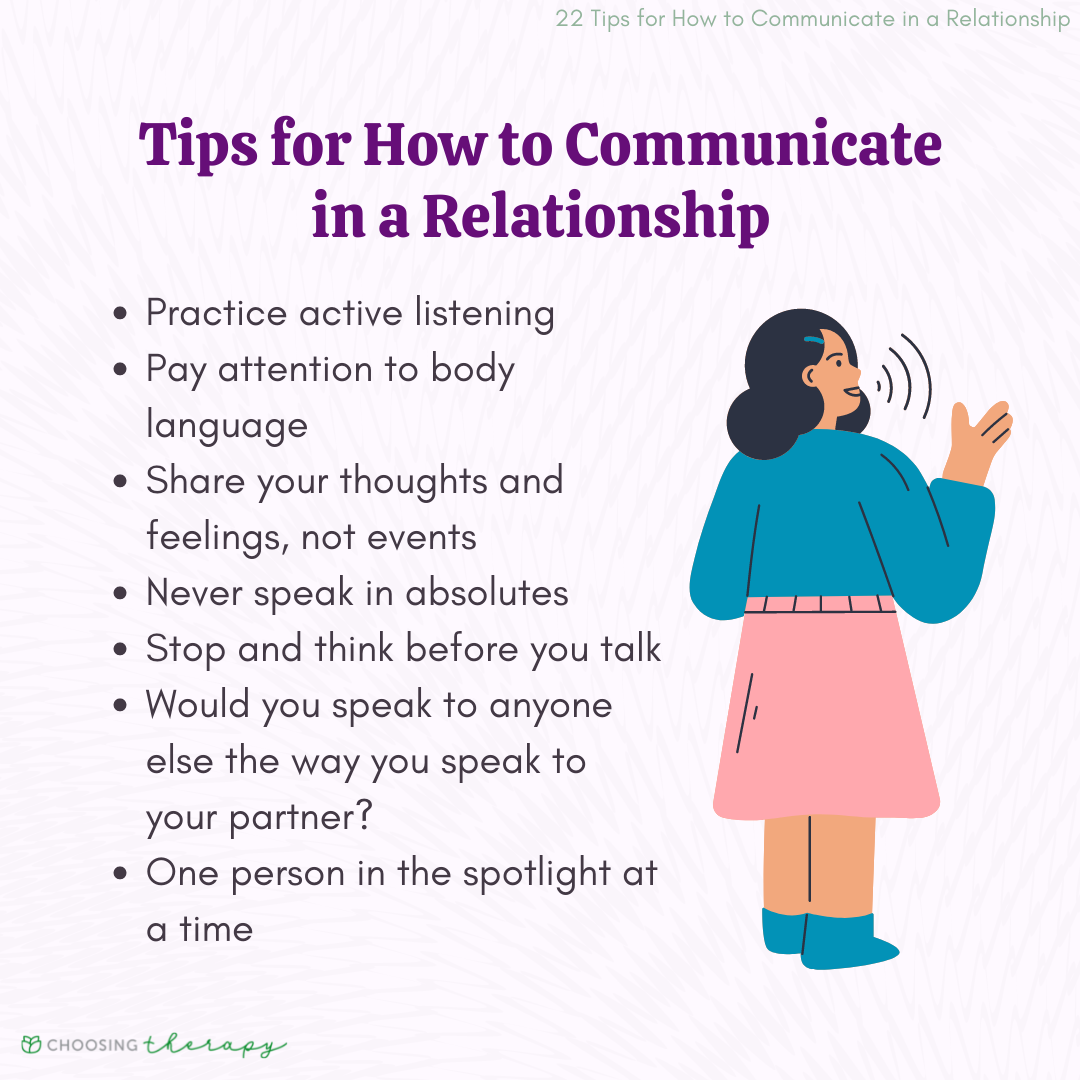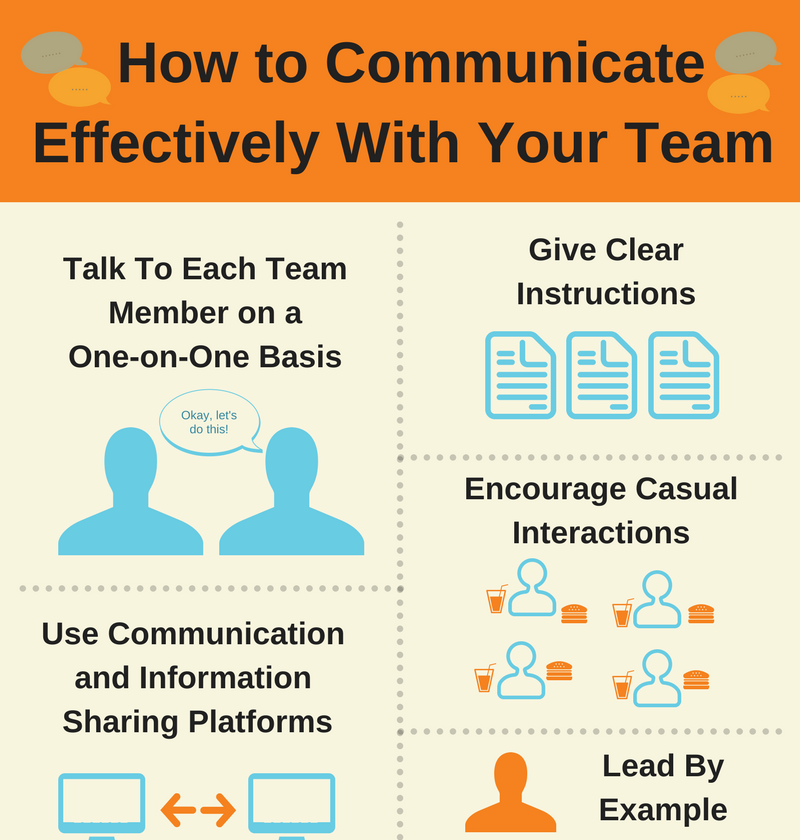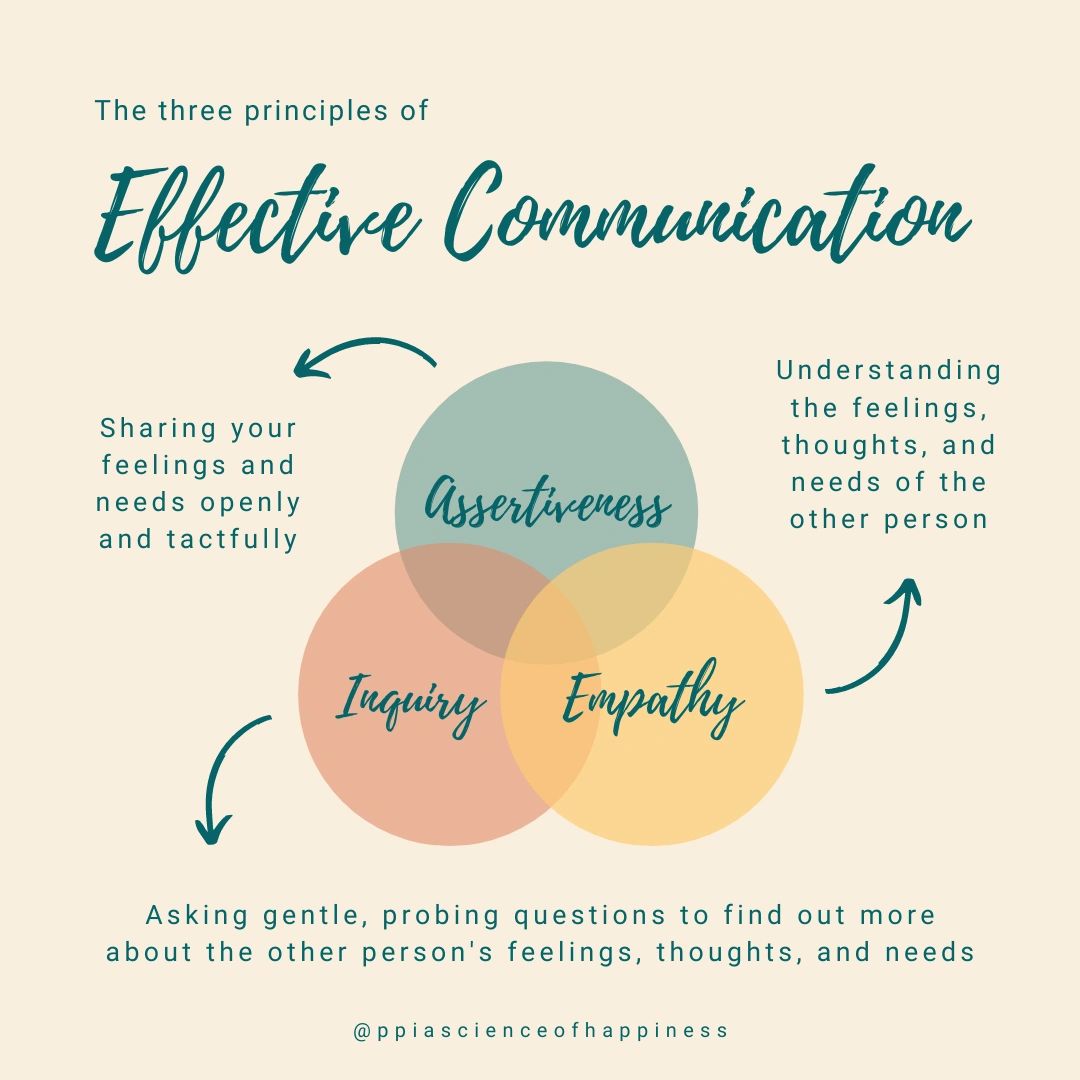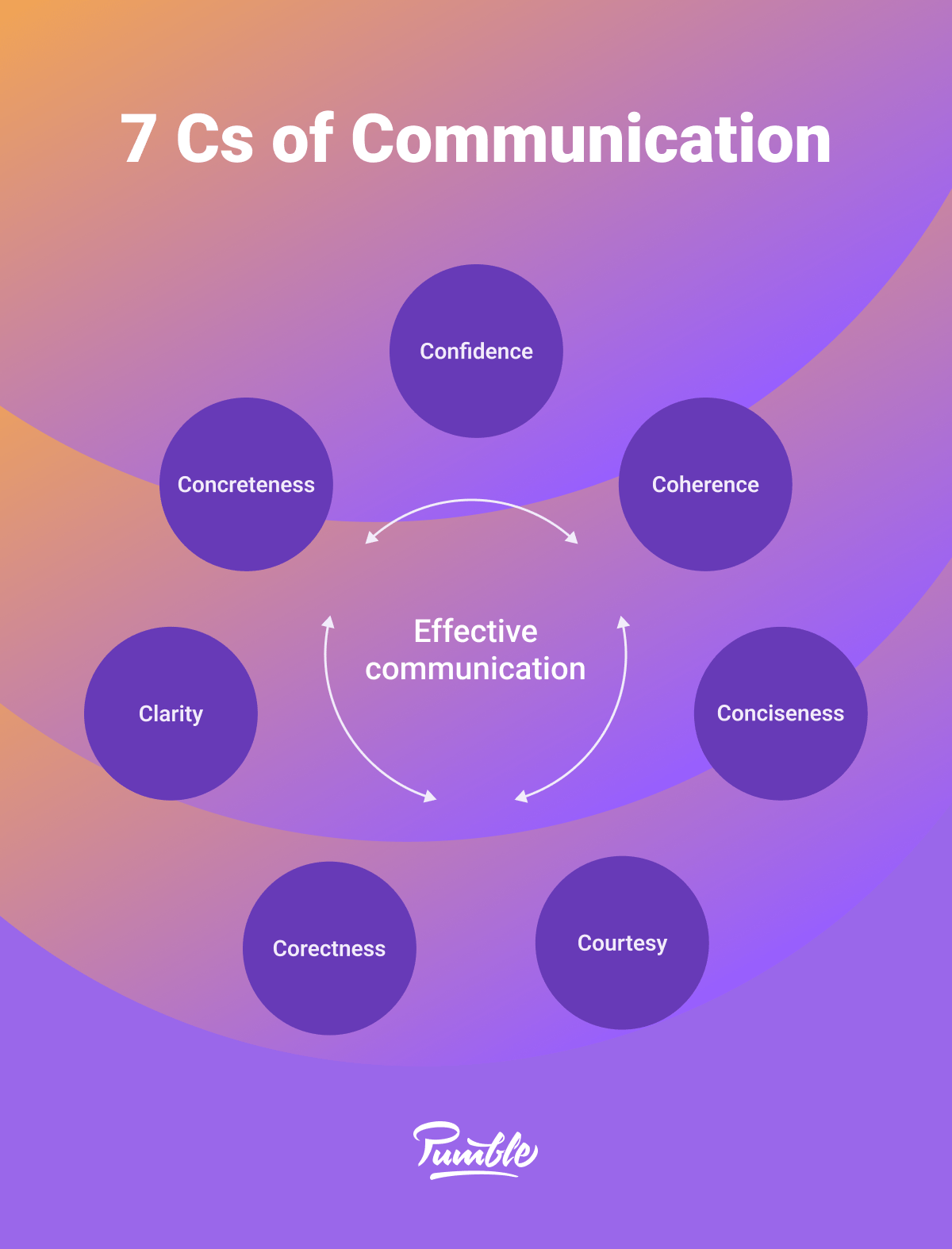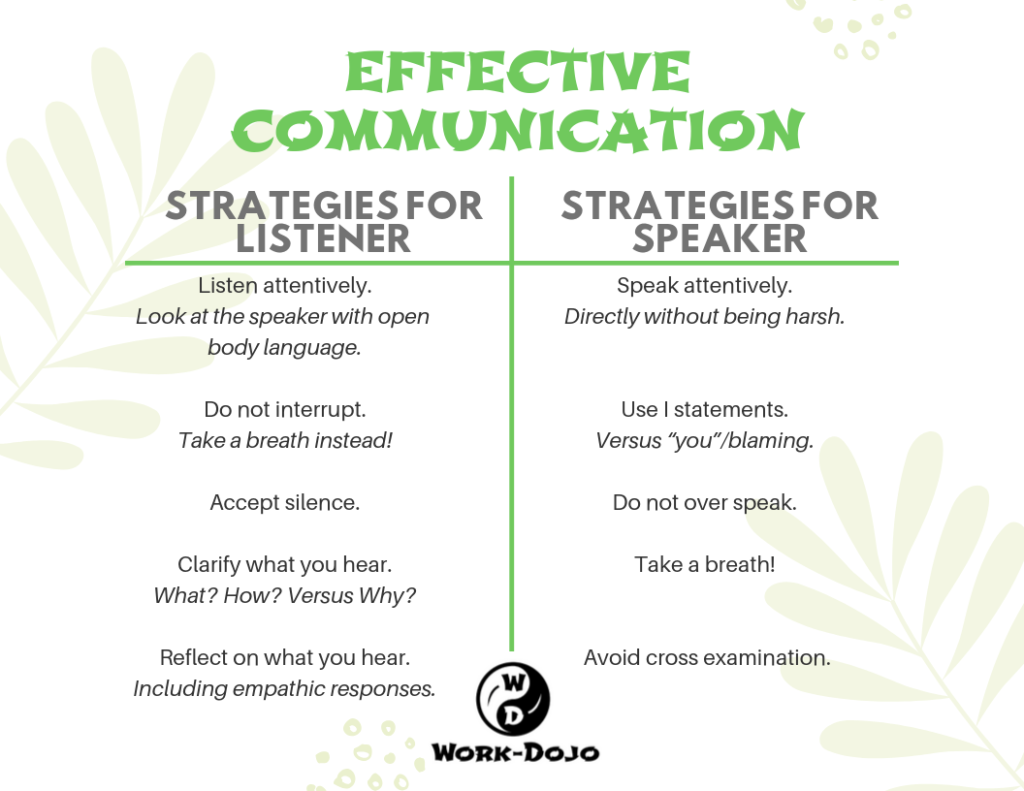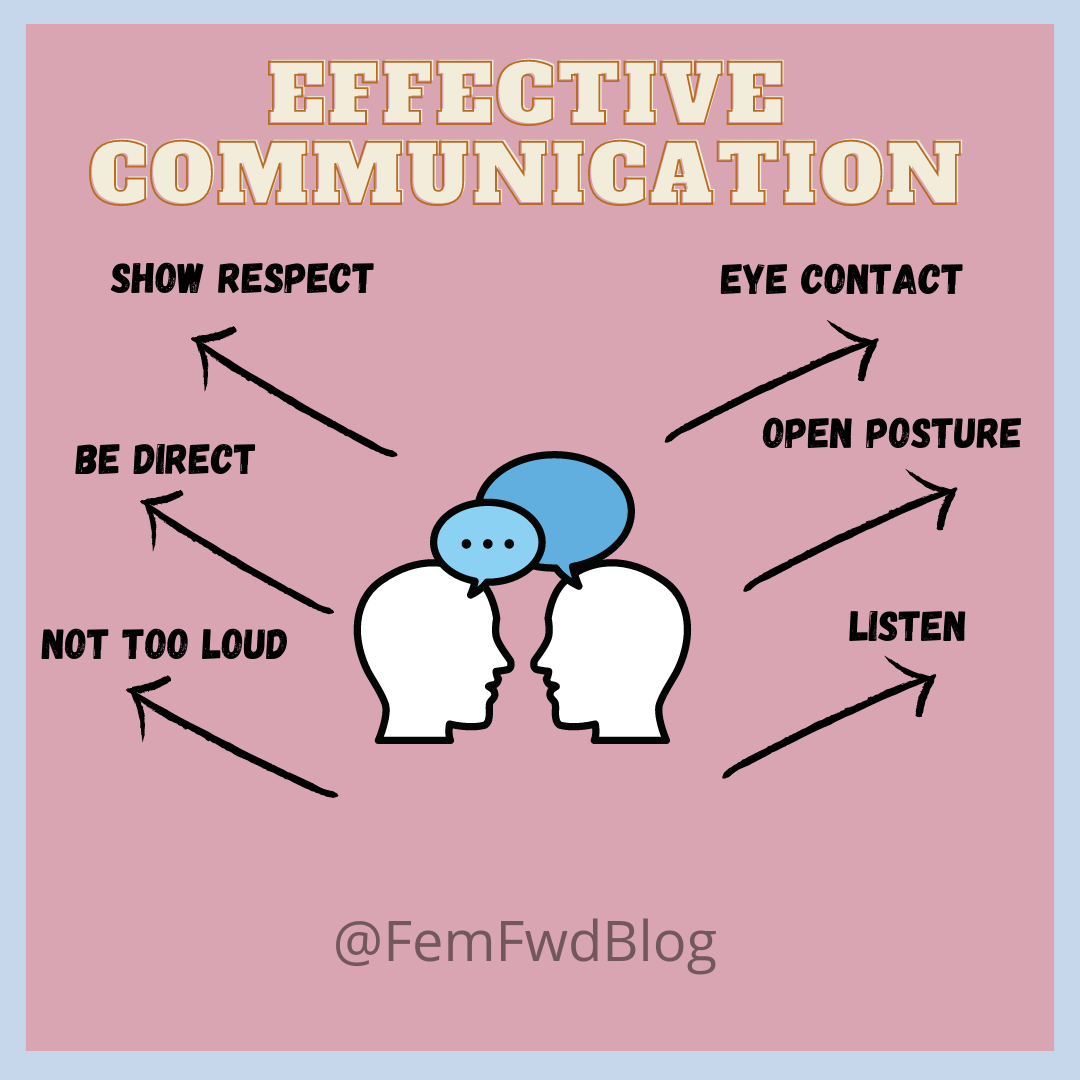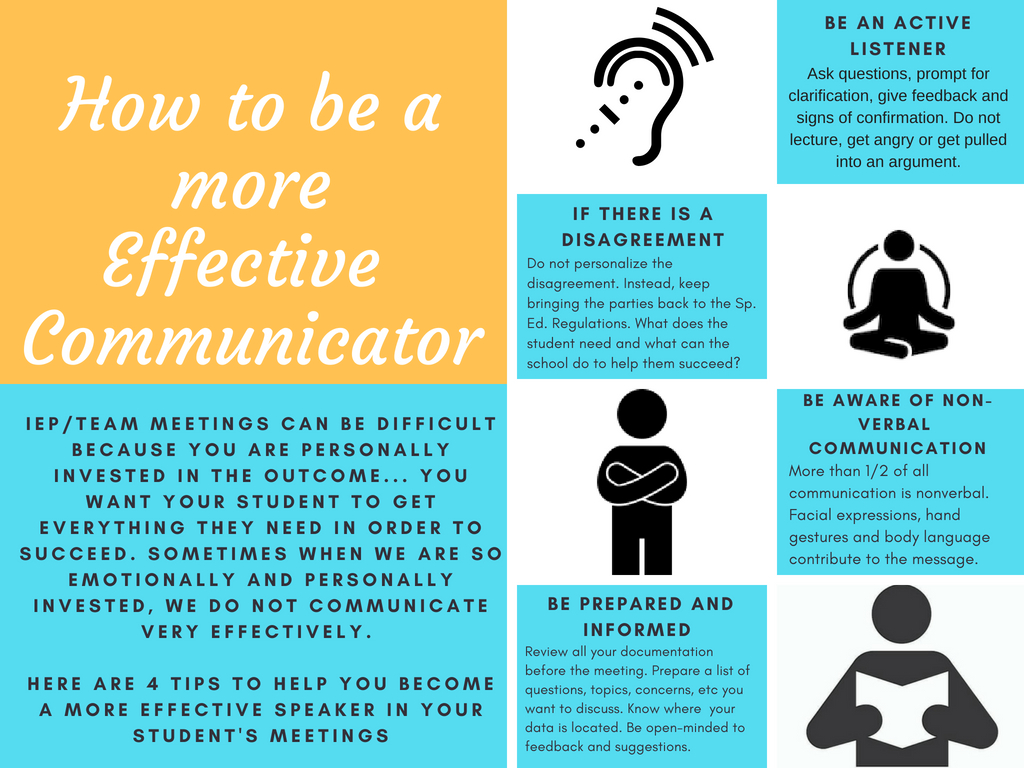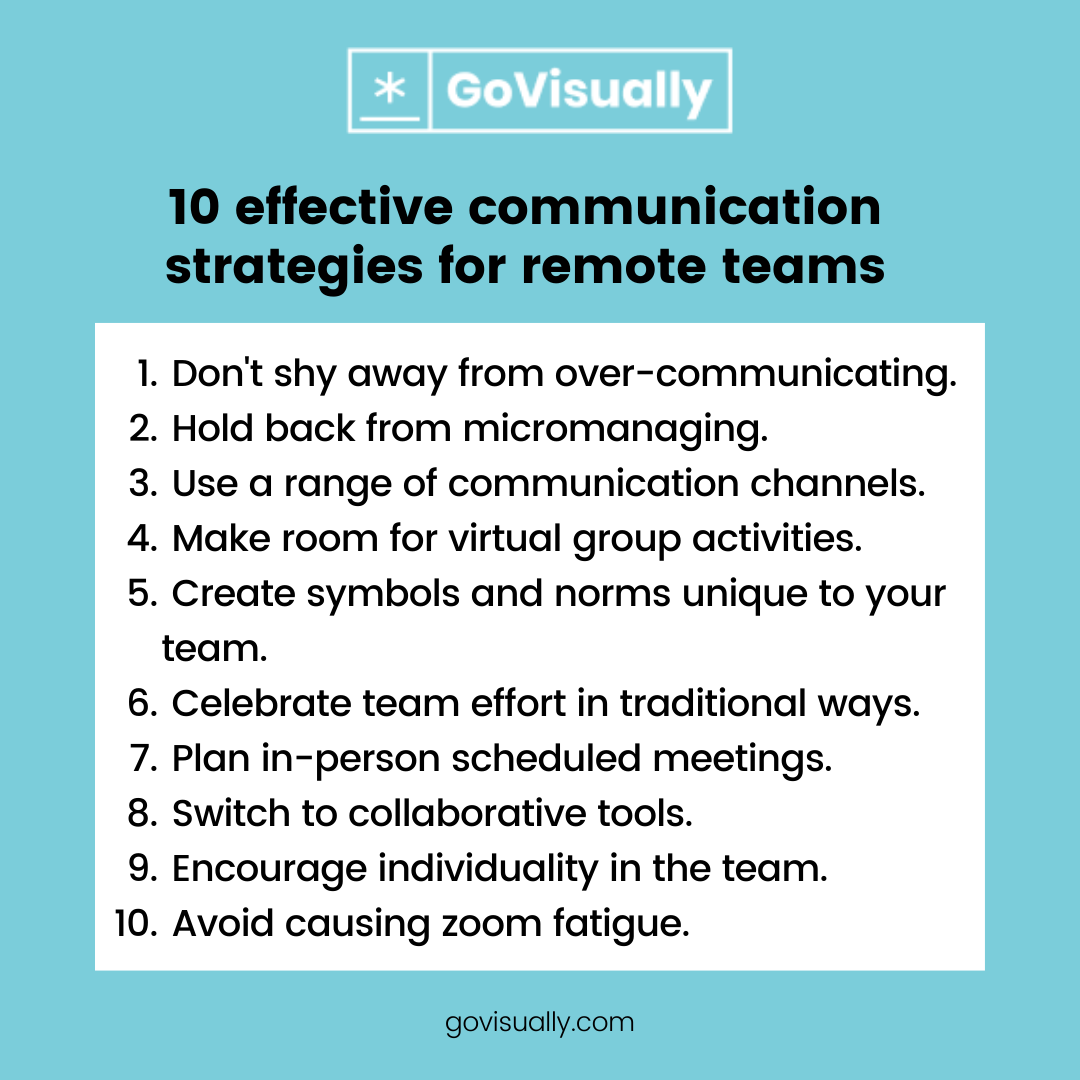How To Communicate Effectively With Others

In an increasingly interconnected world, the ability to communicate effectively is no longer just a desirable skill, but a fundamental necessity. Whether navigating professional collaborations, fostering personal relationships, or simply expressing oneself clearly, mastering the art of communication is paramount.
Effective communication goes beyond simply transmitting information; it involves understanding, empathy, and the ability to tailor one's message to the audience. It is about bridging gaps, building understanding, and fostering connections. This article explores key strategies and principles for achieving clearer and more impactful communication in various contexts.
Understanding Your Audience
Before crafting any message, it's crucial to consider who you are communicating with. What are their backgrounds, values, and perspectives? Tailoring your language and approach to resonate with your audience significantly increases the likelihood of being understood and well-received.
According to a study by the Pew Research Center, individuals are more likely to trust and engage with information presented in a way that aligns with their existing beliefs. Therefore, adapting your communication style to accommodate different audiences is not just about politeness, it's about effectiveness.
Active Listening: The Foundation of Dialogue
Communication is a two-way street, and active listening is just as important as speaking. Active listening involves paying full attention to the speaker, showing that you are engaged, and seeking to understand their perspective before responding. It's not just about hearing the words; it's about understanding the message.
Techniques such as paraphrasing, asking clarifying questions, and summarizing what you've heard can demonstrate your attentiveness and ensure mutual understanding. Avoiding interruptions and distractions is also crucial for demonstrating respect and fostering a comfortable environment for open communication.
Clarity and Conciseness
Ambiguity can lead to misunderstandings and frustration. Strive for clarity in your language and avoid jargon or technical terms that your audience may not understand. Get to the point quickly and efficiently.
Conciseness doesn't mean sacrificing important details, but rather presenting them in a streamlined and easy-to-digest manner. Consider using bullet points, visuals, or examples to enhance clarity and engagement.
Nonverbal Communication: The Silent Language
Studies suggest that a significant portion of communication is nonverbal. Body language, facial expressions, and tone of voice can all convey messages, often unconsciously. Being aware of your own nonverbal cues and interpreting those of others can significantly improve communication effectiveness.
Maintaining eye contact, adopting an open posture, and using a friendly tone of voice can signal attentiveness and build rapport. Conversely, avoiding eye contact, crossing your arms, or speaking in a monotone voice can convey disinterest or defensiveness.
Empathy and Emotional Intelligence
Empathy, the ability to understand and share the feelings of another, is a critical component of effective communication. It allows you to connect with others on a deeper level, build trust, and navigate difficult conversations with greater sensitivity.
Emotional intelligence involves being aware of your own emotions and those of others, and using that awareness to guide your behavior and interactions. Developing emotional intelligence can enhance your ability to communicate effectively in a variety of situations.
Choosing the Right Medium
The medium through which you communicate can significantly impact the effectiveness of your message. A face-to-face conversation may be ideal for sensitive or complex discussions, while email may be more appropriate for conveying factual information or providing updates.
Consider the urgency, complexity, and sensitivity of the message when choosing the right medium. Be mindful of the potential for misinterpretation and choose the method that best facilitates clear and accurate communication.
Overcoming Communication Barriers
Several factors can hinder effective communication, including cultural differences, language barriers, and psychological noise (internal distractions). Being aware of these barriers and taking steps to mitigate them can improve communication outcomes.
For example, when communicating with someone from a different culture, research their communication norms and customs to avoid unintentional offense. When faced with a language barrier, use simple language and visual aids to enhance understanding.
The Impact of Effective Communication
Effective communication is not merely a skill; it is a powerful tool that can transform relationships, careers, and communities. By mastering the art of communication, individuals can foster stronger connections, build trust, and achieve greater success in all aspects of their lives.
In a world characterized by increasing complexity and rapid change, the ability to communicate effectively is more important than ever before. By prioritizing clarity, empathy, and active listening, we can build a more connected and understanding world.
"The most important thing in communication is hearing what isn't said." - Peter Drucker
